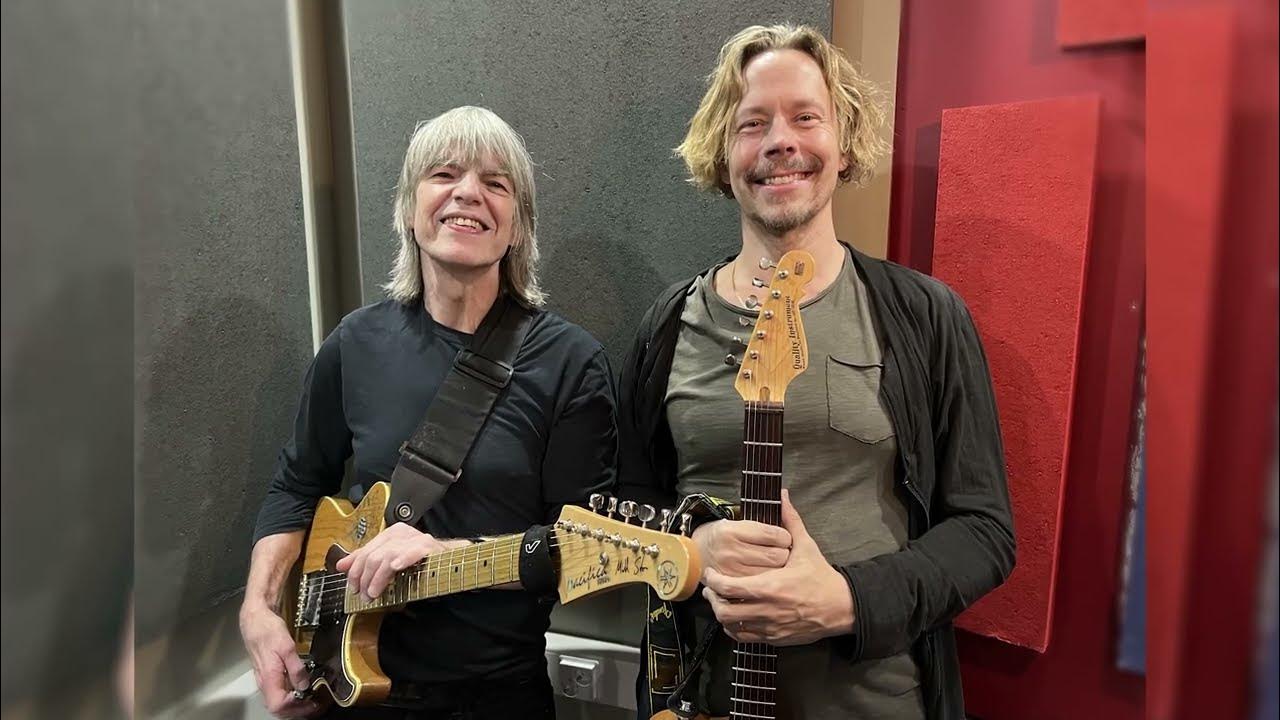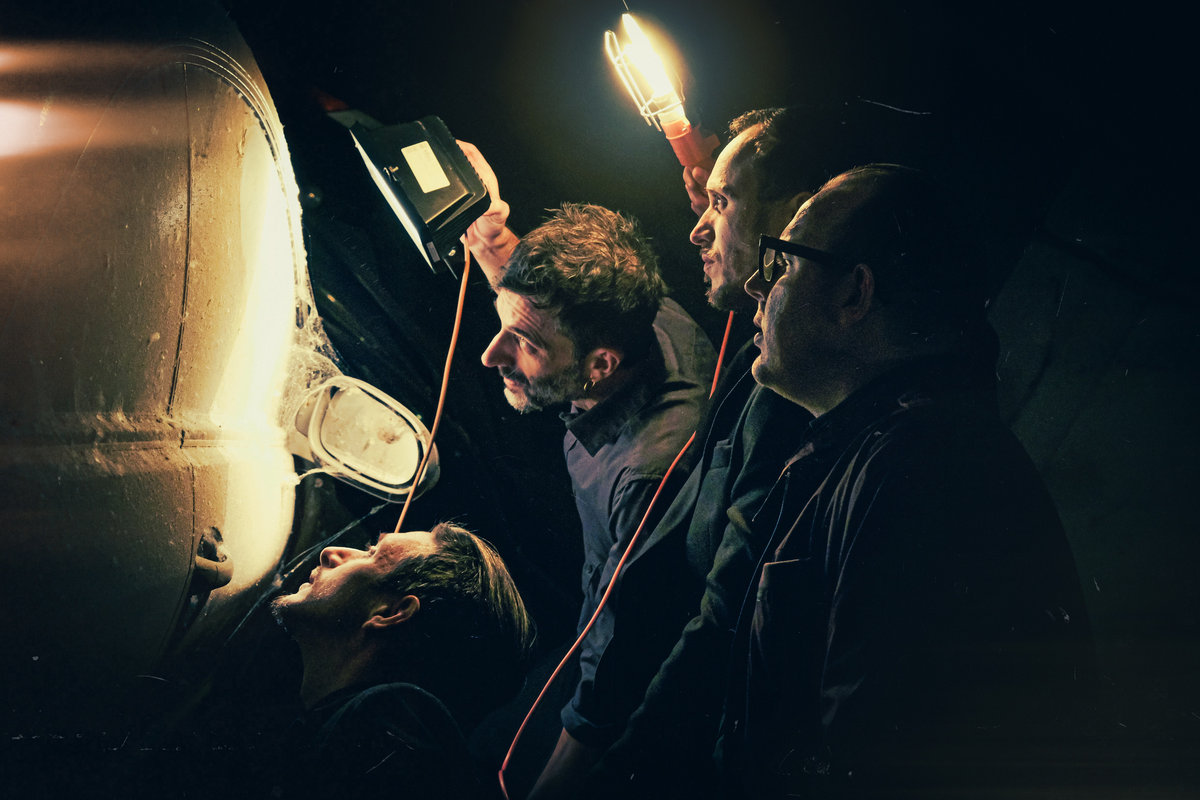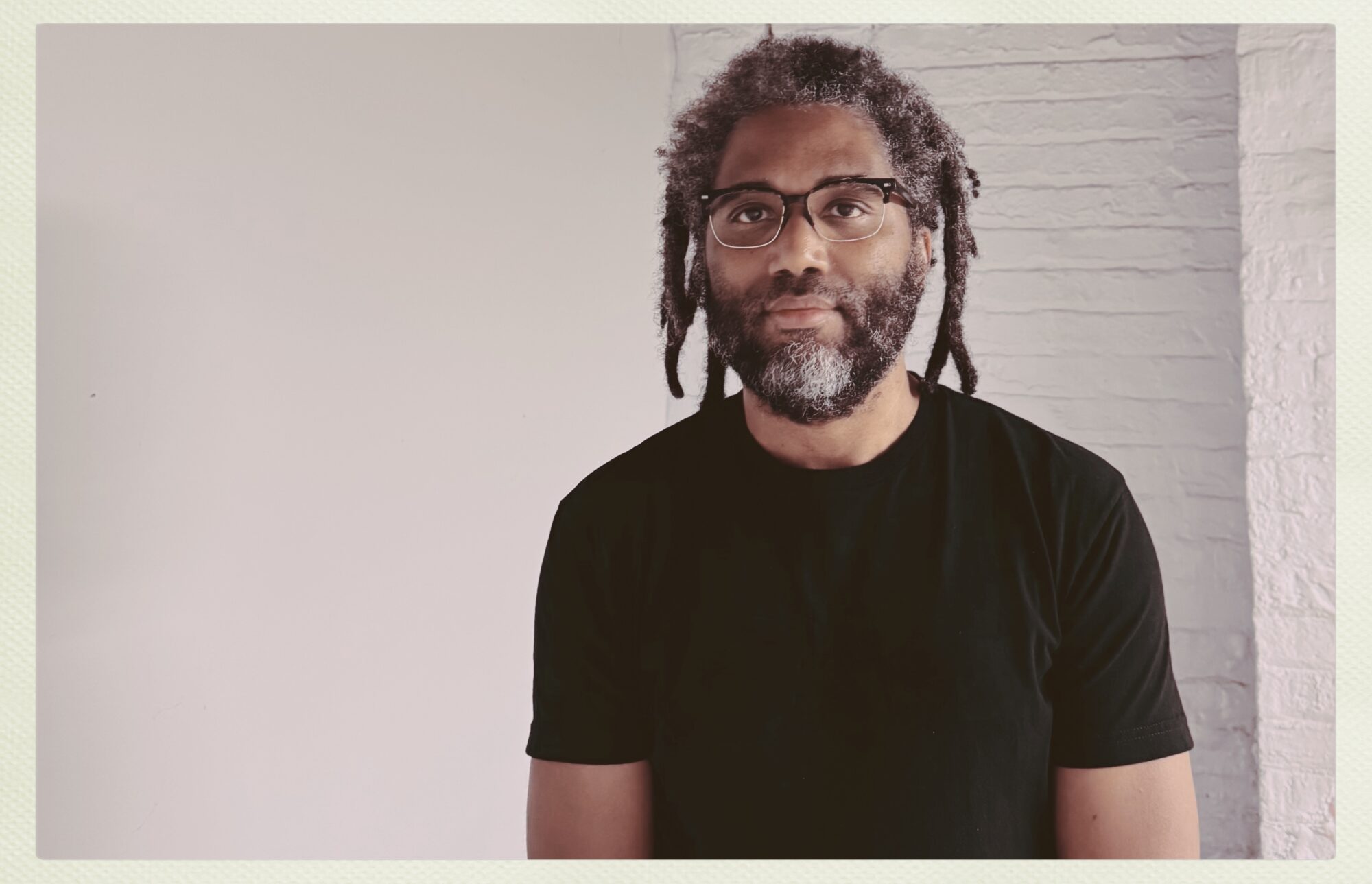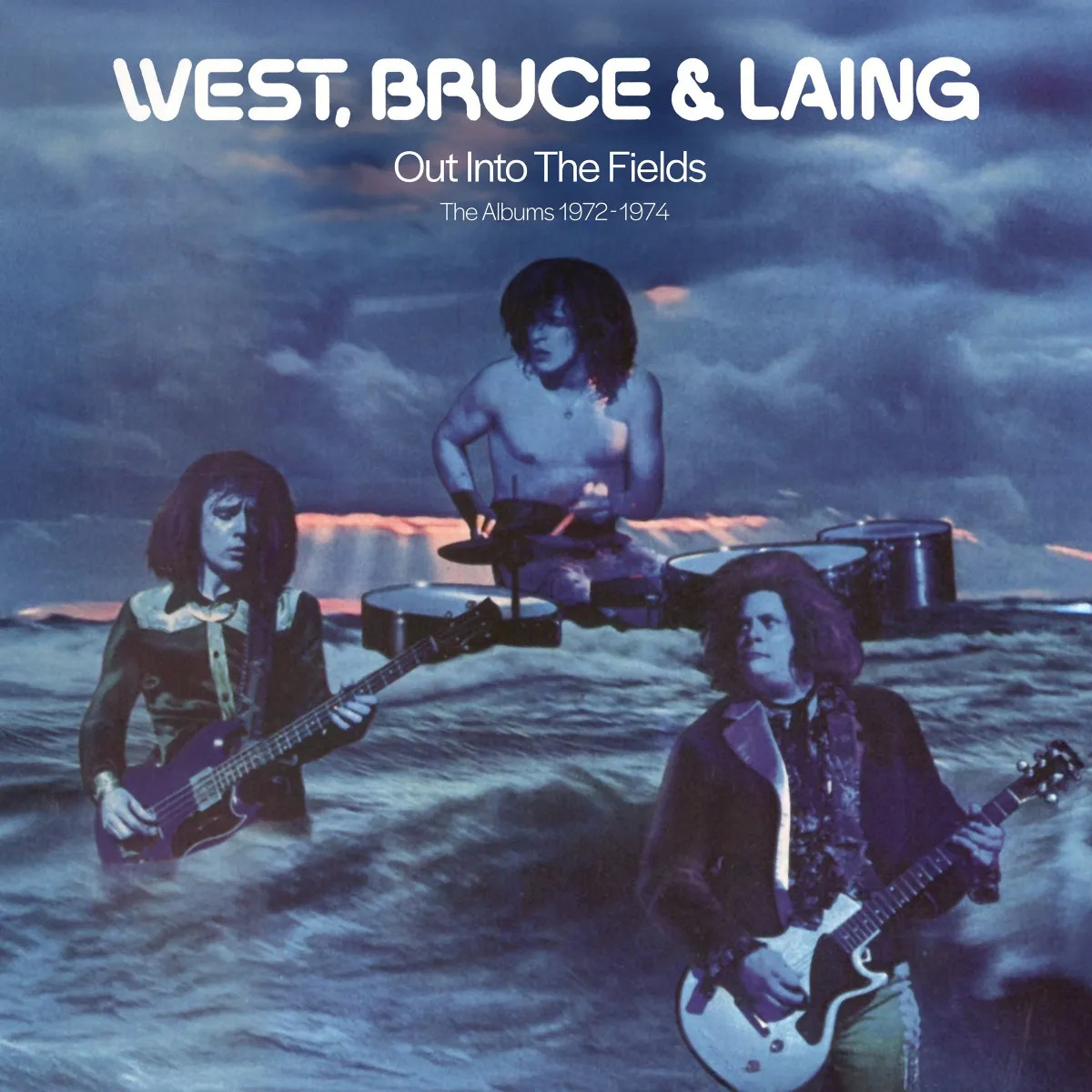Varre Vartiainen on Making ‘Head and Heart’
Varre Vartiainen’s new album ‘Head and Heart’ is a striking exploration of contemporary jazz fusion, realized through an inspired collaboration with legendary guitarist Mike Stern.
Widely regarded as one of Finland’s most versatile and imaginative guitarists, Vartiainen brings to the project a lifetime of immersion in jazz traditions shaped by figures such as Stern, Miles Davis, and Jaco Pastorius, while simultaneously asserting a distinct compositional voice. His writing emphasizes open forms that encourage improvisational freedom, allowing each player to contribute fully while maintaining a coherent structural framework.
In this album, the title reflects Vartiainen’s belief that music emerges from a state of balance, which gained greater importance due to the serious health issues he faced while recording. The inclusion of Stern adds a distinctive energy, while Vartiainen’s own playing provides a dynamic counterpoint to this, creating a rich musical conversation.
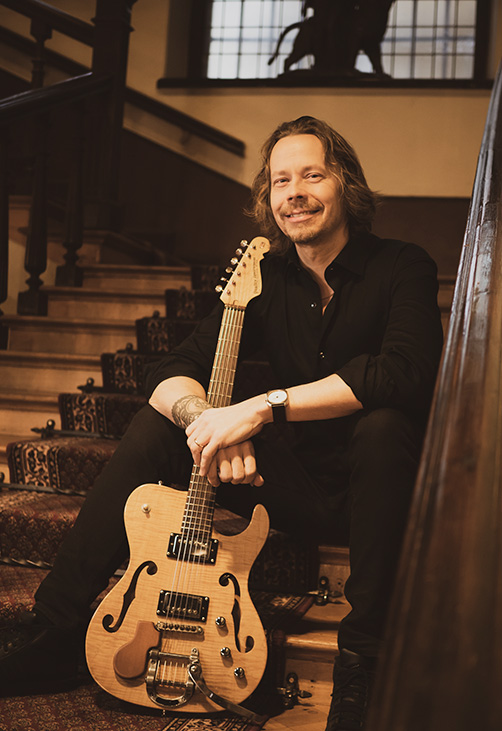
“Making music is never about going back to the past or looking to the future.”
Your new album ‘Head and Heart’ is a significant collaboration with Mike Stern and a clear homage to 1970s fusion. Could you walk us through the creative process behind the album, especially how you balanced your own compositional voice with Mike Stern’s distinct style?
Varre Vartiainen: For me, making this album was a truly significant process in many ways. During the recording process, through many coincidences, I had the opportunity to collaborate with a musician I greatly admire, Mike Stern. The album symbolizes friendship for me and what I think is the most important thing in life: working together with the heart. I think that music at its best brings heaven to earth.
Making the album and preparing for it, composing and arranging, felt quite natural. The musical framework and Mike’s playing style have been familiar to me since a very early age and feel very homely and good.
I have grown up as a musician by listening to Mike Stern’s music and guitar playing in addition to exploring other music, so it feels like playing with Mike is like coming home in a way.
I was a little surprised by how familiar Mike’s improvisational style is to me, as well as his songwriting style. It felt natural to compose songs that I thought would also suit Mike’s playing. Before the recording, I had of course jammed with Mike many times on several of my trips to New York, but those jams were just playing and practicing jazz standards. Playing bebop-based jazz music is the passion that unites us musically.
Overall, making the album was a great project that proceeded intuitively, guided by the heart.
What was the intent behind revisiting that era? Were you aiming to expand on certain harmonic or rhythmic ideas that felt unfinished from that time, or was there a deeper emotional connection you wanted to express through that musical language?
I did not really think of the album as a return to any past era or style. As a music maker, I am ultimately a completely mood-based musician, as Mike is by the way, so I cannot even make music in a very planned way. For me, music reflects the mood I have or the environment around me. In this album, it is also very much about the feeling I have had when spending time and playing with Mike. It is really a blast to hang out and play with him. He is truly like a big brother to me.
Still, the album reflects both my and Mike’s backgrounds, where 70s and 80s jazz fusion play a big role. It is funny because, for me, that background comes a lot from Mike himself. I grew up listening to his records and to projects where he played, such as Miles Davis, Jaco Pastorius, the Brecker Brothers, and Steps Ahead.
With Mike Stern, another formidable voice on the instrument, contributing so significantly, how did you, as the primary composer, approach giving ample space for true improvisation while still maintaining the structural integrity of your compositions? Did you follow a particular approach to writing that made space for both personal expression and a unified story within each piece?
As a composer, I have grown up listening to the masters I mentioned earlier, as well as jazz music in general. For me, composing is mostly about creating pure jazz music, where the solo is a natural part of the ensemble and the composition often provides a rhythmic and harmonic framework for improvisation, a foundation that each soloist interprets in their own way.
As a composer, the most rewarding experience is hearing a wonderful colleague interpret your own song. A good example from the ‘Head and Heart’ album is the song ‘Waltz for Roni,’ dedicated to my son. Mike played it so sensitively and beautifully that I do not think I could have ever matched his performance. I am truly proud of the feeling we created together in that song.
Overall, I believe the most important thing for a jazz composer is to have the courage to let the players freely interpret the songs and bring their own heart and voice to the music. Jazz, by its very nature, is the music of the players, so it is essential to give them the freedom to truly play.
The title ‘Head and Heart’ suggests a duality, perhaps a balance between intellectual rigor and emotional depth. From your perspective, how did this interplay manifest during the recording process, particularly given the geographical distance between you and Mike? Were there moments when either the head or the heart took the lead, and how did that influence the final sound of the album?
I want to believe that this album was made with the guidance of the heart. Music is the language of the heart at its deepest, as Mike often says. I really believe that.
The title of the album also refers to the process of practicing and learning jazz music, which requires intelligence and emotion in equal measure. It also has a personal meaning for me, as I experienced very serious health problems during the recording process, related to my brain and heart. Luckily, I survived and had an angel along the way.
One tough question. In pursuing this level of precision and returning to the past, are you reaching for something raw and essential, or is this mastery, in some sense, a kind of elegant avoidance, a retreat from the beautiful chaos and risk that come with embracing the present moment?
Wow, that is a really great and tough question.
For me, making music, including this recording, is never about going back to the past or looking to the future. It is about truly being in the moment and reacting to the music happening around me and to the playing of others. That communicative quality is what really fascinates me about jazz music.
Even when composing or arranging, I always try to imagine what a song could sound like when played together. This is what I think sets jazz apart from many other styles: jazz musicians have the ability and tools to react sensitively to their environment and to each other’s playing, improvising as if composing in real time. It is amazing to be part of that.
Having founded Husband over two decades ago and continuing to lead it actively, what do you consider the most significant evolution of the band’s sound and dynamic over the years? How has that mirrored or diverged from your own personal musical journey?
Husband has always been a musical home for me. Drummer Anssi and bassist Harri are musicians and friends that I greatly respect and love. The band is like a long relationship or marriage for me. I would be much poorer without it, even though maintaining a relationship can often be challenging, as we all know.
Musically, with Husband I have been able to play and do things that in other professional settings might not have been possible. I am lucky to have been able to learn and grow as a musician with those two boneheads.
Your academic work at the Sibelius Academy, culminating in a doctorate, reflects a deep engagement with theory and pedagogy. How has this rigorous academic framework informed or transformed your intuitive approach to performance and composition? Are there specific theoretical concepts you have found particularly liberating or especially challenging in practice?
My doctoral project has been a special path in my career. At the Sibelius Academy in Helsinki, Finland, it is possible to do artistic doctoral research, where the research method is specifically artistic work. The academic part consists of analyzing the results and presenting the conclusions in traditional academic writing.
I have not had to change much in my daily art and music-making for my doctoral work. I have continued to study jazz improvisation, something I have done every day for many years. Of course, learning academic writing has been a big challenge for me, because before this I had not really written anything other than shopping lists since high school.
Beyond the technical prowess, Mike Stern is known for his unmistakable voice on the guitar. What aspects of his playing or approach stood out to you most during your collaboration, and how might they shape your future musical directions?
It has been great to get to know and play with Mike. There is so much I have learned from his playing. I try to add more of that rhythmic feel to my own playing, the one that makes Mike’s style so special. He is an incredibly swinging player, able to get deep into the groove. That is really extraordinary about him.
The other thing is the honesty and sincerity that come through in every note he plays. Every note truly represents him. You have got to love that.
You have moved fluidly between different musical environments, from the improvisational space of jazz to the more structured demands of television big bands and pop acts. What core principles or adaptable skills have allowed you to transition so seamlessly while maintaining your artistic integrity?
I think making music is always the same at its core: it is about people’s desire to truly meet and listen to each other. In the end, there is not that much difference between styles for me.
I think positive energy and the desire to create good vibes are what make all music work. I have been lucky to make many different kinds of music professionally since a very young age, for over 30 years. Along the way, I have learned from better players around me. And I must admit, I have always been quite keen on practicing guitar, which certainly helps.
Given your extensive experience as a bandleader in various settings, including high-profile television productions, what are the most important leadership qualities or philosophies you rely on to foster cohesion and peak performance within a musical ensemble?
I hope that with the ‘Head and Heart’ album, in addition to my own music, people around the world will discover other Finnish jazz musicians. We have a lot of high-quality jazz players in Finland, many of whom also compose their own music. I recommend checking them out.
Finland has a rich and somewhat distinct musical identity. How do you see your own artistic output contributing to, or even subtly reshaping, the Finnish musical narrative on an international stage, especially in jazz and fusion?
‘Almost Standards’ really reinforced the direction I have believed in for a long time in my own music: relying on jazz improvisation and combining elements of different jazz and rhythmic music styles. I want to combine writing my own music with developing my improvisational skills.
With ‘Almost Standards,’ I found myself surrounded by musicians whose vision I truly trust. The same core group also plays on ‘Head and Heart,’ which I am very happy about.
Your previous solo album ‘Almost Standards’ received critical acclaim. How did the experience of creating that project inform your approach to this new collaborative work? What creative insights did you carry forward?
I have composed a new album of music for my organ trio called Organ Freemen. I have been performing gigs with that lineup recently and am planning to record an album with them. I hope to have one of my favorite musicians as a guest on the album, and it looks like this wish is coming true.
In addition, I will be performing gigs with Mike Stern and Leni Stern in the fall, while also preparing for the final concert related to my doctoral project. So there is quite a lot on my plate right now. And, most importantly, my family welcomed a baby boy in January, who is naturally the center of my world right now.
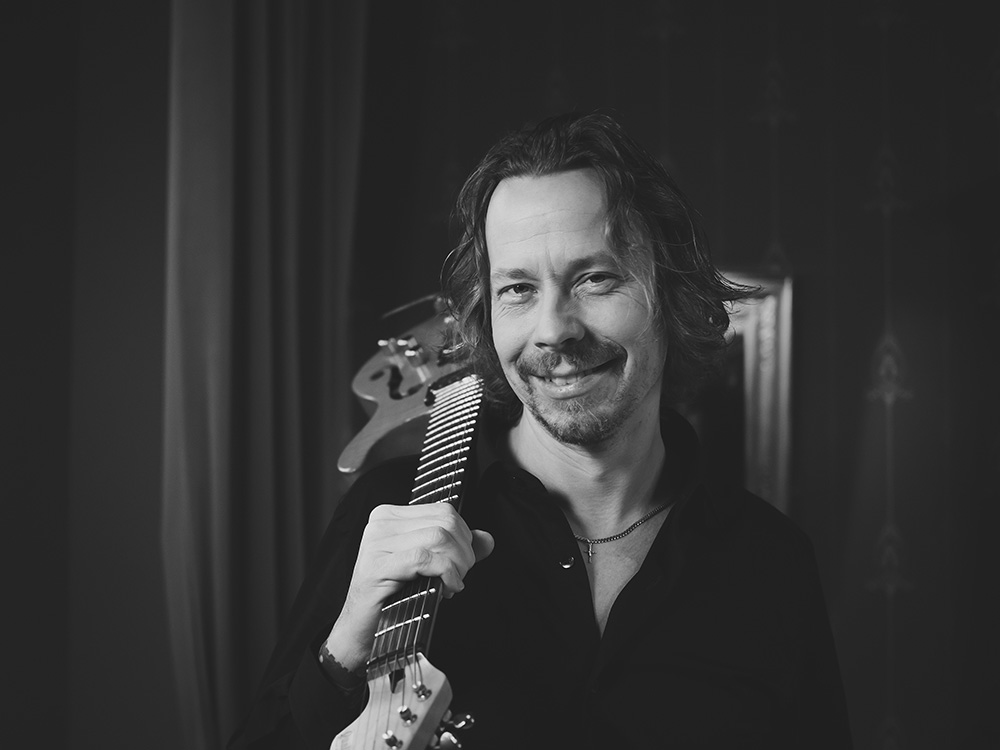
What is next for you?
Thank you so much for this opportunity to do this interview. I really appreciate it.
Klemen Breznikar
Headline photo: Mike Stern and Varre Vartiainen (Credit: Jyri Sariola)
Varre Vartiainen Website / Facebook / Instagram / Bandcamp / YouTube

